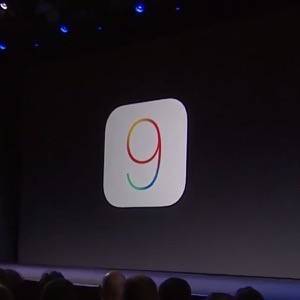
According to Apple, iOS 9 saw the fastest adoption rate ever for a new release of its smartphone operating system. That made intuitive sense, considering users had plenty of motivation to snatch the update quickly, from bugs in older systems to improvements Apple had made to the download process.
But now independent mobile-metrics firms are questioning the validity of those results. If they’re right, then the latest version of the mobile operating system may not have quite the reach Apple would have us believe.
Bragging By The Numbers
Apple announced that “more than 50 percent of devices [are] already using iOS 9.” The company based its statement on a tally conducted through the App Store on September 19.
The announcement sent mobile analytics firm Crittercism into its data logs.
“This conflicts with our data as well as two other data sources,” Crittercism CEO Andrew Levy told ReadWrite via email. To come up with its measurements, the firm takes samples “across tens of thousands of apps encompassing billions of app loads.”
When it ran the numbers, it found a large disparity between its findings and Apple’s, as well as those of two other sources. Crittercism and Fiksu, which measured iOS 9 adoption on September 19, discovered that it only reached 23% of sampled devices. Data from Mixpanel came in at a little higher, but at 29%, it’s still a far cry from the majority figure Apple boasted.
Crittercism created a chart showing its metrics, including a forecast for future adoption.

Crittercism offers a few theories that might explain the discrepancy, including the possibility that Apple only measured certain devices or specific geographies.
Those factors are less likely to account for the large discrepancy than this one—a basic flaw in Apple’s methodology. Apple’s press release states that the metric comes from the App Store. Think about that for a moment: The majority of people have mostly stopped downloading new apps. So a sample from the App Store could well be skewed towards people who are likely to update their phones with new apps—and new operating systems.
Still, iOS 9 adoption has obviously improved over the rate of upgrading from iOS 7 to iOS 8. This version also appears more stable.
“Five days after the iOS 8 release, the crash rate stood at 3.3%,” Levy said, “while for iOS 9 we’re currently seeing a crash rate of 2.2%.”
Whatever the real percentages are, they’re about to get upended again. We’re only days away from the iPhone 6S and 6S Plus release, on September 25. Those phones will come with iOS 9 installed.










